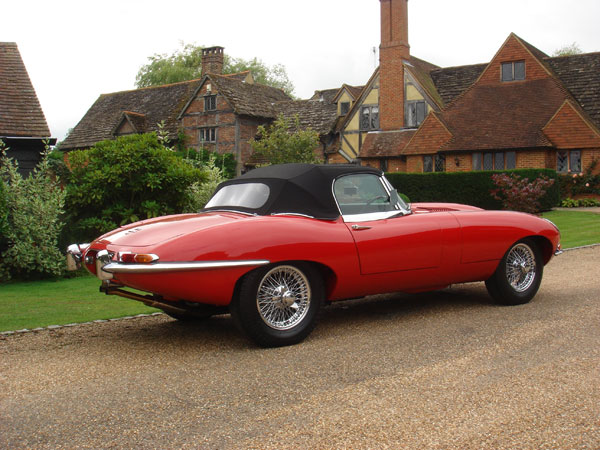The purest early 3.8s fetch the most money, but this car offered the best of both worlds
Chassis number: 1E2100
Engine number: 7E175478
The first significant upgrade of Jaguar’s sensational E-type sports car occurred in October 1964, with the launch of the 4.2-liter version. Along with the bigger, torquier engine came a more user-friendly gearbox with synchromesh on first gear, and a superior Lockheed brake servo.
Apart from 4.2 badging, the car’s external appearance was unchanged, but under the skin there were numerous detail improvements. These mainly concerned the cooling and electrical systems, the latter gaining an alternator and adopting the industry standard negative ground, while the interior boasted a matte-black dashboard and improved seating arrangements.
The top speed of about 150 mph remained unchanged, the main performance gain resulting from the larger engine being improved acceleration. Like its 3.8- liter forebear, the 4.2-liter E-type was built in roadster and coupe forms, and in 1966 gained an additional 2+2 coupe variant on a nine-inch longer wheelbase that was intended to extend the E-type’s appeal beyond the traditional sports-car-buying market.
In 1968, all three versions of the E-type underwent major revision to comply with U.S. safety and emissions legislation, emerging in Series II guise minus the original’s distinctive headlight covers. In addition, enlarged side and rear lights were adopted, while a thickened front bumper center section bridged a larger radiator intake. Interior changes included a collapsible steering column and rocker switches in place of the earlier toggles.
From late 1967, the E-type began to embody some of the aforementioned modifications, these interim cars coming to be known as the Series 1.5, although there was never a fixed specification for this unofficial model.
Manufactured in May 1968 during this transitional period, this desirable right-hand-drive Series 1.5 Roadster was supplied new via Mann. The accompanying JDHT certificate confirms that it retains matching chassis/engine numbers.

